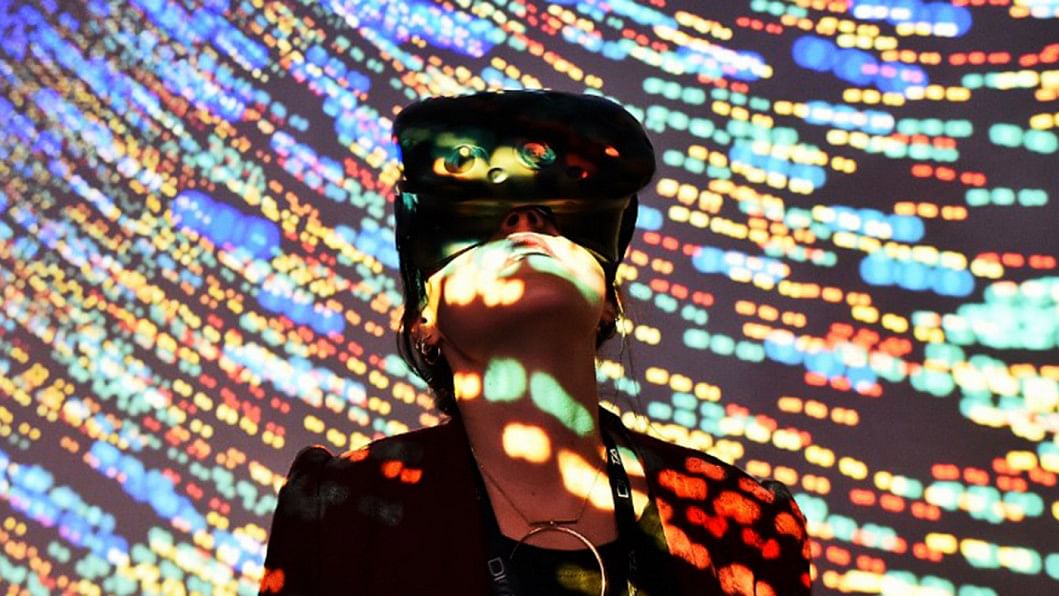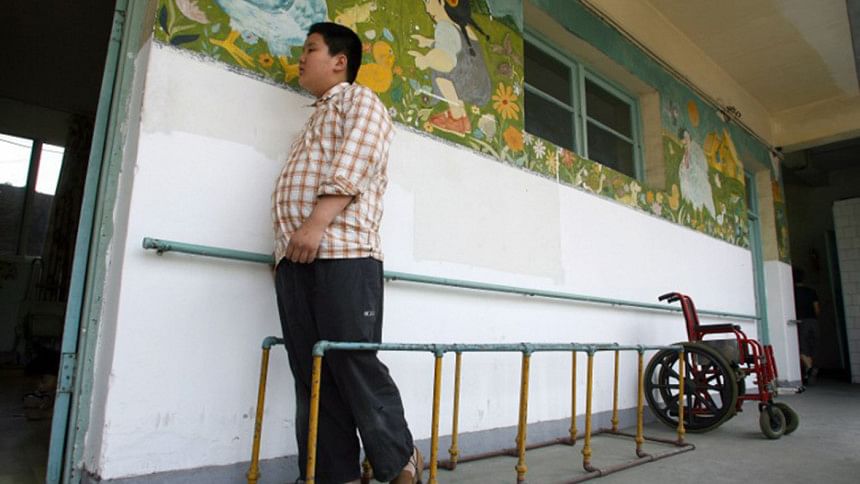VR provides training for autistic kids

More than 1,000 autistic children in Shanghai of China have been getting positive results from training that uses virtual reality technology to improve their perception of people and their surrounding environment.
It works by immersing the children in interactive games.
"The features of VR, such as users being immersed and interactive, inspire imagination and perfectly fit what children suffering from autism need," said Zhai Guangtao, co-developer of the system and a professor at Shanghai Jiao Tong University. "VR can be an ideal approach to assist in intervention and treatment for these kids."
The approach was developed jointly by Shanghai Invision Digital Technology Co and experts at the Shanghai Mental Health Center and the university's School of Electronic Information and Electrical Engineering.
Pan Geng, co-founder of Invision, said that compared with pictures -- which teachers traditionally use to explain objects and scenarios to children -- VR brings in a lifelike environment and provides a stronger sense of reality.
"Autistic children are easily distracted. But when wearing a VR helmet, most of them are highly interested and immersed in the three-dimensional pictures and sound," he said.

Five games are included in the VR system, Pan said. In one, users wear a VR helmet and virtually "walk" toward a wall of pictures showing different facial expressions. The child clicks on the matching faces.
"Autistic children don't like watching people's faces, nor do they pay attention to others' expressions," said Liu Xiao, senior marketing manager at Invision. "The game was designed to help them form the habit of looking at others' facial expressions."
In a rowing game, users can control two paddles with the gamepads and keep the virtual boat moving toward the shore. Liu said the game is aimed at cultivating better physical coordination and a sense of direction and distance.
More than 1,000 autistic children between 3 and 12 at the city's rehab centers have tried the system, and teachers said they appear to enjoy the games when playing.
"Another advantage of VR is that some scenarios are hard to create with physical items, and it's costly in time and labor to take the children to real places because each needs an escort," said Li Chaobai, director of Wucailu, a rehab center for autistic children. "VR makes it possible at a low cost."
Invision co-founder Pan said the games are just the children's first step. Developers are working on a second phase, which uses VR to simulate different social scenes to help children obtain and improve communication skills and better integrate into society.
"With such a VR system, children will walk virtually into classrooms, restaurants and scenic spots and be greeted by different people. They will gradually learn how to respond in various scenarios," Pan said.
Li said the VR system should include scenarios of crossing a street and riding a bus to give the children safety training and help them acquire the ability to go out alone.

 For all latest news, follow The Daily Star's Google News channel.
For all latest news, follow The Daily Star's Google News channel. 





Comments